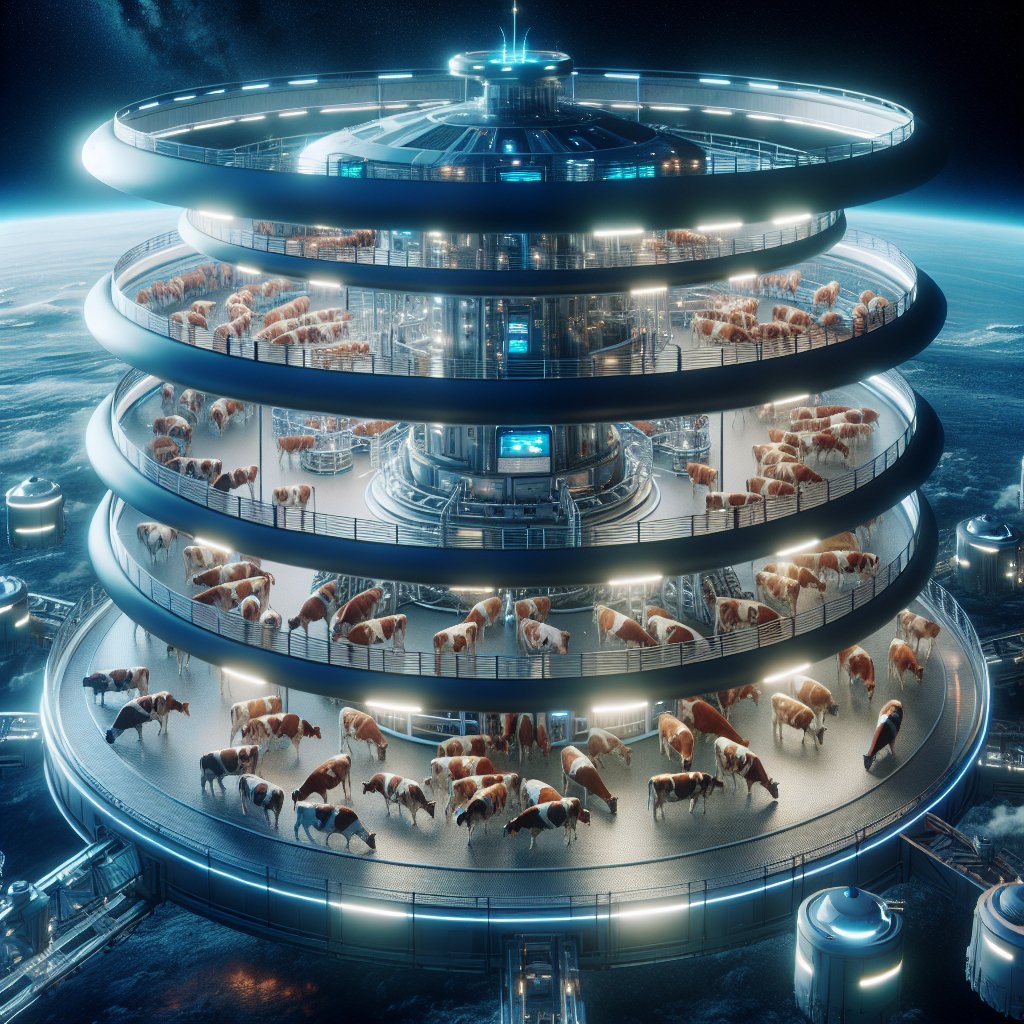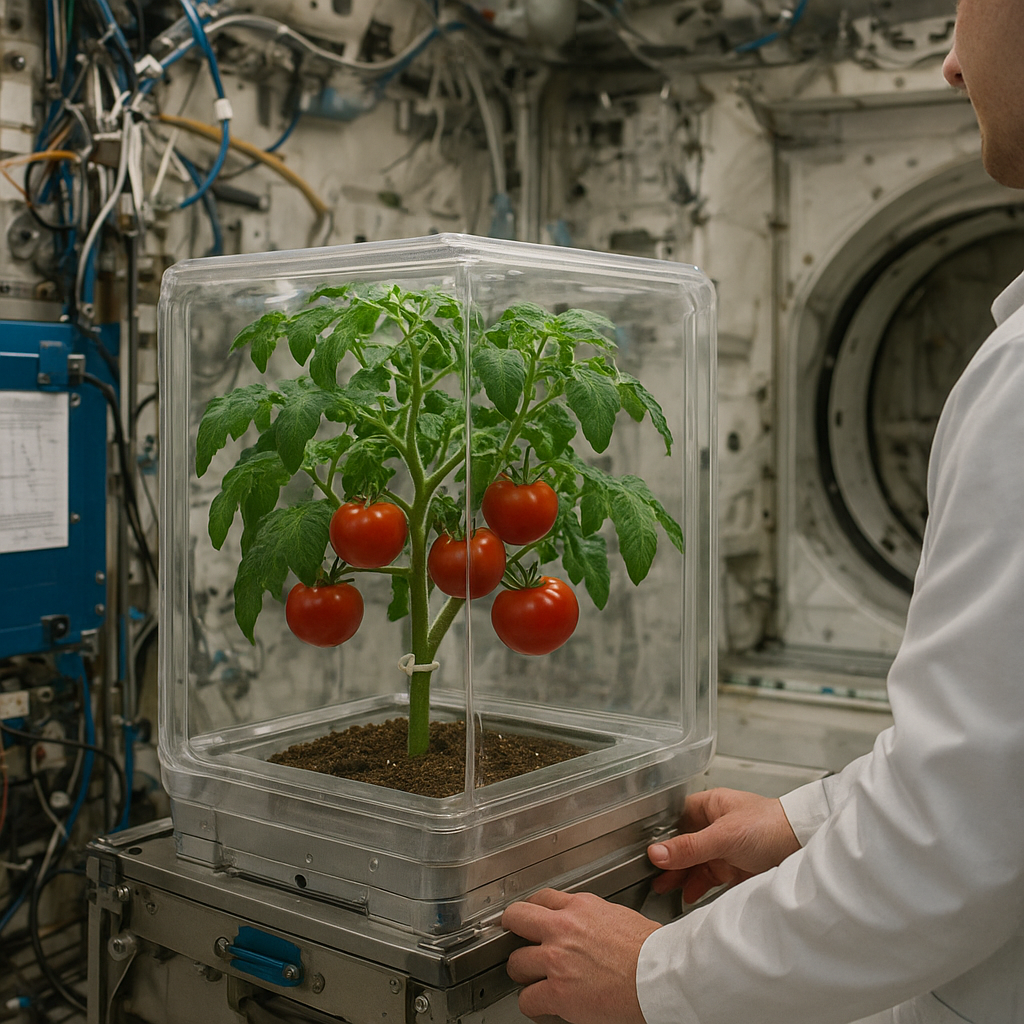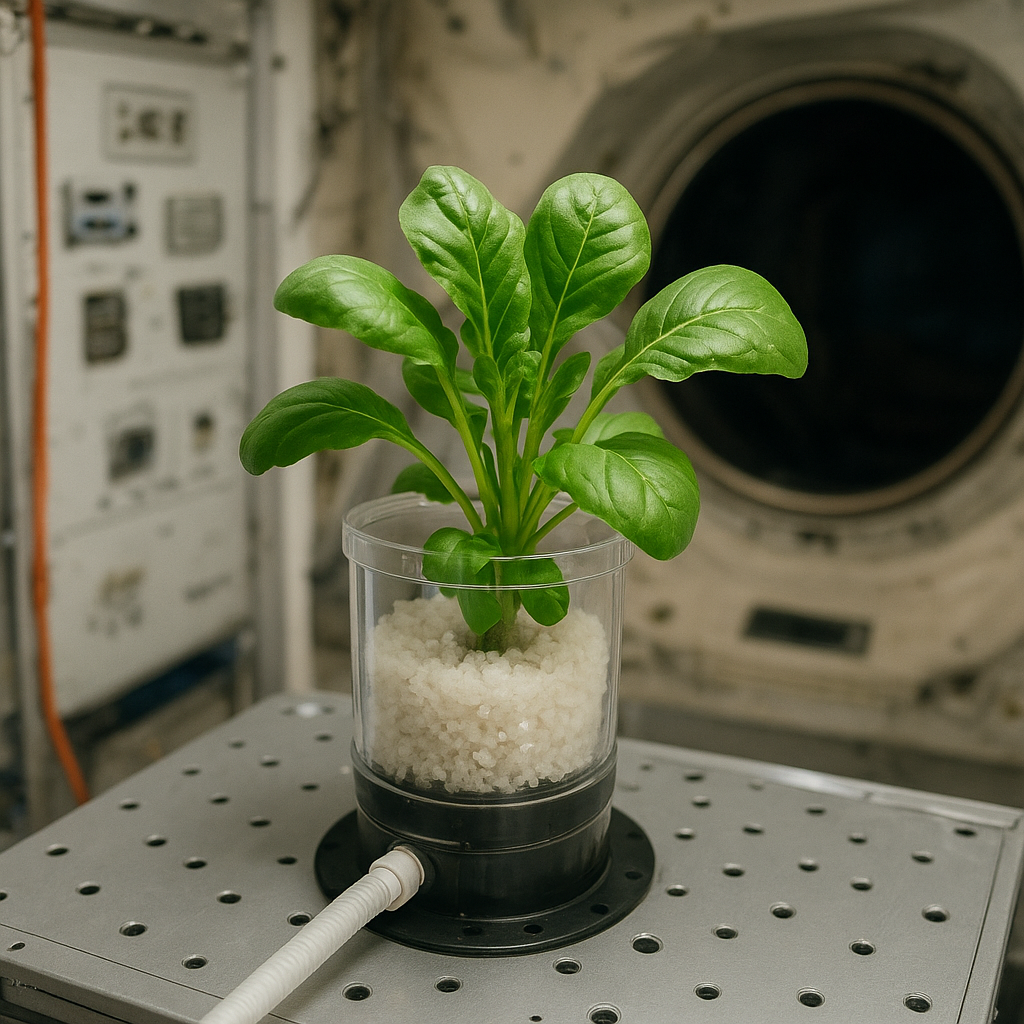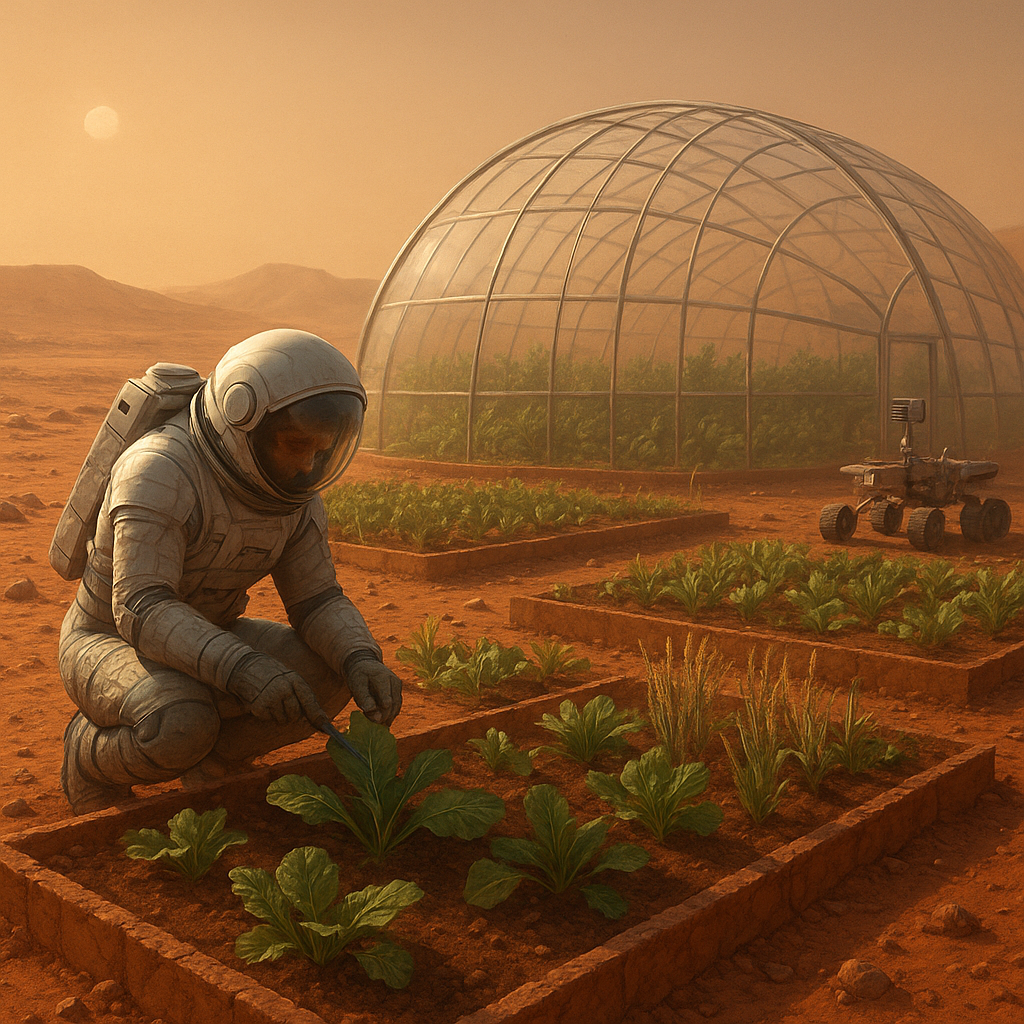The future of livestock farming in space colonies presents a fascinating intersection of agriculture and space exploration, where innovative techniques and technologies will be essential for sustaining human life beyond Earth. As humanity looks to establish permanent settlements on other planets, particularly Mars and the Moon, the need for reliable food sources becomes paramount. This article explores the challenges and opportunities of livestock farming in extraterrestrial environments, examining how advancements in science and technology can pave the way for sustainable agricultural practices in space.
Challenges of Livestock Farming in Space
Establishing livestock farming in space colonies is fraught with numerous challenges that must be addressed to ensure the viability of such endeavors. These challenges can be categorized into several key areas:
1. Environmental Control
One of the most significant challenges of farming livestock in space is the need for precise environmental control. Unlike Earth, where animals can thrive in a variety of climates, space colonies will require carefully regulated conditions to support livestock health and productivity. Factors such as temperature, humidity, and air quality must be meticulously monitored and adjusted to create a suitable habitat for animals.
- Temperature Regulation: Livestock are sensitive to temperature fluctuations. In space, where temperatures can vary dramatically, maintaining a stable environment is crucial. Advanced insulation and climate control systems will be necessary to keep animals comfortable.
- Air Quality: Livestock produce carbon dioxide and ammonia, which can accumulate in enclosed spaces. Effective ventilation systems will be essential to ensure a constant supply of fresh air and to remove harmful gases.
- Water Supply: Water is a critical resource for livestock. In space, recycling systems will need to be developed to ensure a continuous supply of clean water, as traditional sources may not be available.
2. Nutrition and Feed Production
Feeding livestock in space presents unique challenges, particularly regarding the sourcing and production of feed. On Earth, livestock diets are often composed of grains, forages, and supplements, but these may not be readily available in space colonies.
- Local Feed Production: Developing systems for growing feed crops in space will be essential. Hydroponics and aeroponics could be employed to cultivate grains and legumes, providing a sustainable source of nutrition for livestock.
- Alternative Protein Sources: In addition to traditional feed, alternative protein sources such as insects or lab-grown meat could be explored to supplement livestock diets, reducing the need for extensive crop production.
3. Animal Welfare and Health
Ensuring the welfare and health of livestock in space is paramount. The stress of confinement, limited space, and potential health issues can impact animal well-being and productivity.
- Space Requirements: Livestock require adequate space to move and exhibit natural behaviors. Designing enclosures that allow for movement while maximizing space efficiency will be a challenge.
- Health Monitoring: Regular health checks and monitoring systems will be necessary to detect and address health issues promptly. Telemedicine and remote monitoring technologies could play a crucial role in this aspect.
Innovative Solutions for Space Livestock Farming
Despite the challenges, innovative solutions are emerging that could revolutionize livestock farming in space colonies. These advancements leverage technology and scientific research to create sustainable agricultural practices that can thrive in extraterrestrial environments.
1. Vertical Farming and Controlled Environment Agriculture
Vertical farming and controlled environment agriculture (CEA) are promising approaches for producing food in space. These methods utilize stacked layers of crops grown in a controlled environment, maximizing space efficiency and resource use.
- Space Optimization: Vertical farms can be designed to incorporate livestock, allowing for the integration of crop and animal production. For example, waste from livestock can be used as fertilizer for crops, creating a closed-loop system.
- Resource Efficiency: CEA systems can optimize water and nutrient use, making them ideal for the limited resources available in space. Advanced technologies such as LED lighting and automated nutrient delivery systems can enhance productivity.
2. Genetic Engineering and Selective Breeding
Genetic engineering and selective breeding techniques can be employed to develop livestock that are better suited for life in space. These methods can enhance traits such as disease resistance, growth rates, and feed efficiency.
- Space-Adapted Breeds: Research into breeds that can thrive in confined environments with limited resources could lead to the development of livestock specifically designed for space colonies.
- CRISPR Technology: The use of CRISPR and other gene-editing technologies could allow for rapid advancements in livestock genetics, enabling the creation of animals that are more resilient to the stresses of space living.
3. Automation and Robotics
Automation and robotics will play a crucial role in the future of livestock farming in space. These technologies can help manage the labor-intensive aspects of farming, allowing for more efficient operations.
- Automated Feeding Systems: Robots can be designed to deliver feed and water to livestock, ensuring that animals receive the necessary nutrition without requiring constant human oversight.
- Health Monitoring Drones: Drones equipped with sensors can monitor livestock health and behavior, providing real-time data to farmers and enabling prompt interventions when needed.
The Role of Livestock in Space Colonies
As humanity ventures into space, the role of livestock in colonies will extend beyond mere food production. Livestock can contribute to the overall sustainability and resilience of space settlements in several ways.
1. Nutrient Cycling
Livestock can play a vital role in nutrient cycling within space colonies. Their waste can be transformed into valuable fertilizers for crop production, creating a closed-loop system that minimizes waste and maximizes resource use.
- Composting Systems: Implementing composting systems can help break down livestock waste, enriching the soil for crop production and reducing the need for synthetic fertilizers.
- Soil Health: The integration of livestock into agricultural systems can enhance soil health, promoting biodiversity and improving crop yields.
2. Psychological Benefits
The presence of livestock in space colonies can also provide psychological benefits to inhabitants. Interacting with animals has been shown to reduce stress and improve mental well-being, which is particularly important in the isolated and confined environments of space.
- Companionship: Livestock can serve as companions for colonists, fostering a sense of connection to Earth and enhancing overall quality of life.
- Therapeutic Benefits: Animal-assisted therapy programs could be implemented to support the mental health of colonists, helping them cope with the challenges of living in space.
3. Economic Viability
Establishing livestock farming in space colonies could also contribute to the economic viability of these settlements. By producing food locally, colonies can reduce their reliance on resupply missions from Earth, which are costly and logistically challenging.
- Local Food Production: The ability to produce food locally can enhance food security and reduce transportation costs, making space colonies more self-sufficient.
- Market Opportunities: As space exploration advances, there may be opportunities for the commercialization of space-grown livestock products, creating new markets and revenue streams.
Conclusion
The future of livestock farming in space colonies is a complex yet promising endeavor that requires innovative solutions to overcome significant challenges. By leveraging advancements in technology, genetics, and sustainable practices, humanity can create viable agricultural systems that support life beyond Earth. As we continue to explore the cosmos, the integration of livestock into space settlements will not only provide essential food sources but also contribute to the overall sustainability and well-being of colonists. The journey to establish livestock farming in space is just beginning, and the possibilities are as vast as the universe itself.




